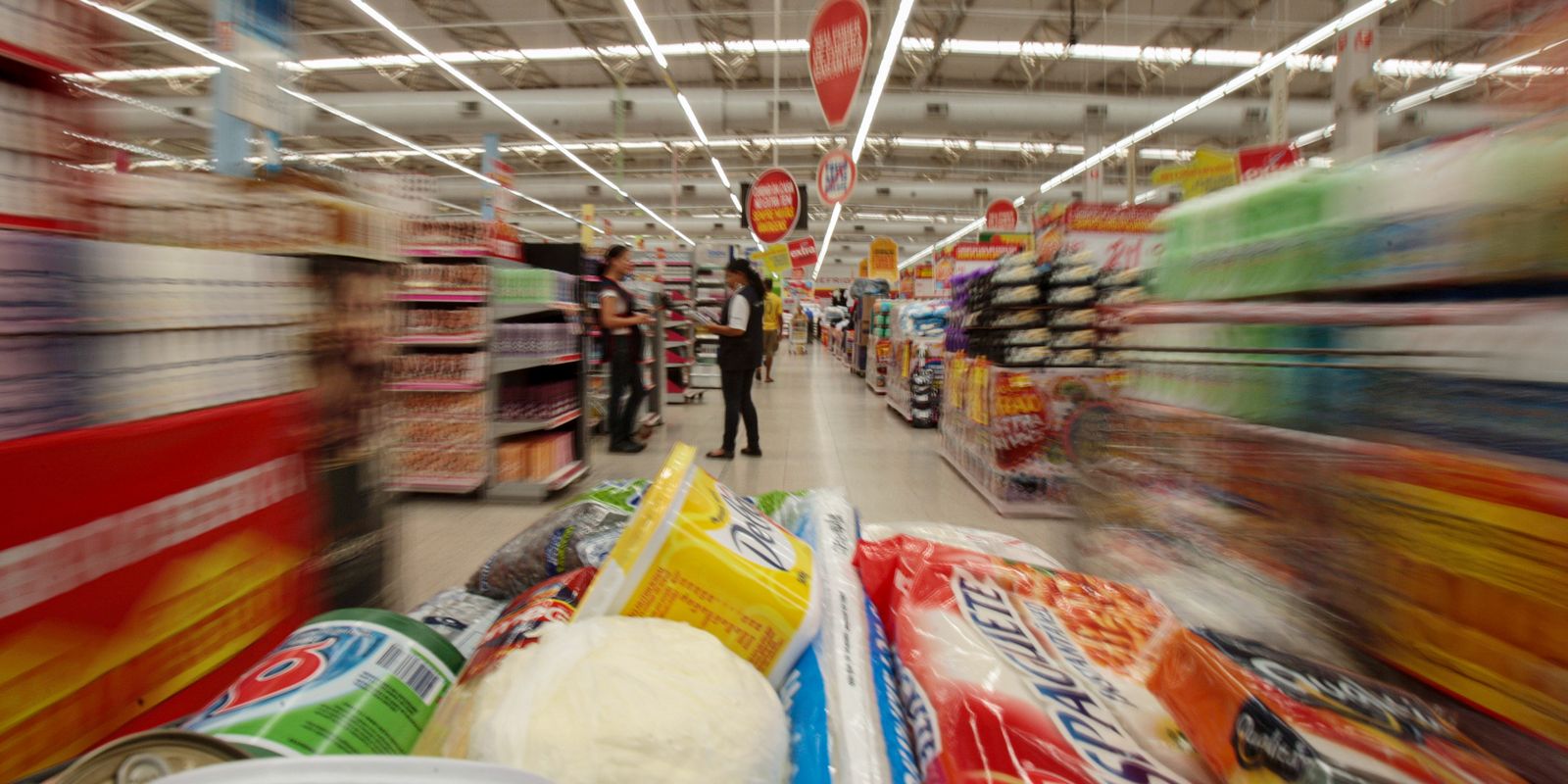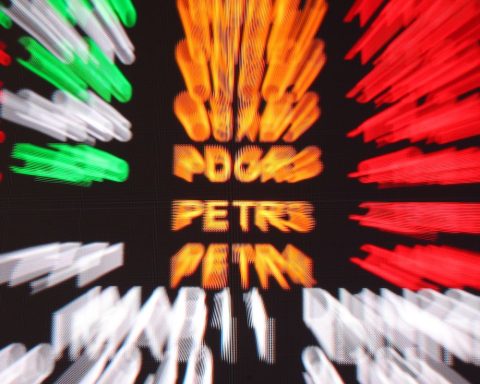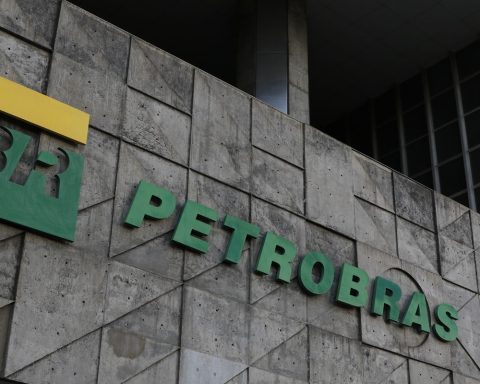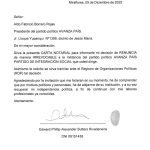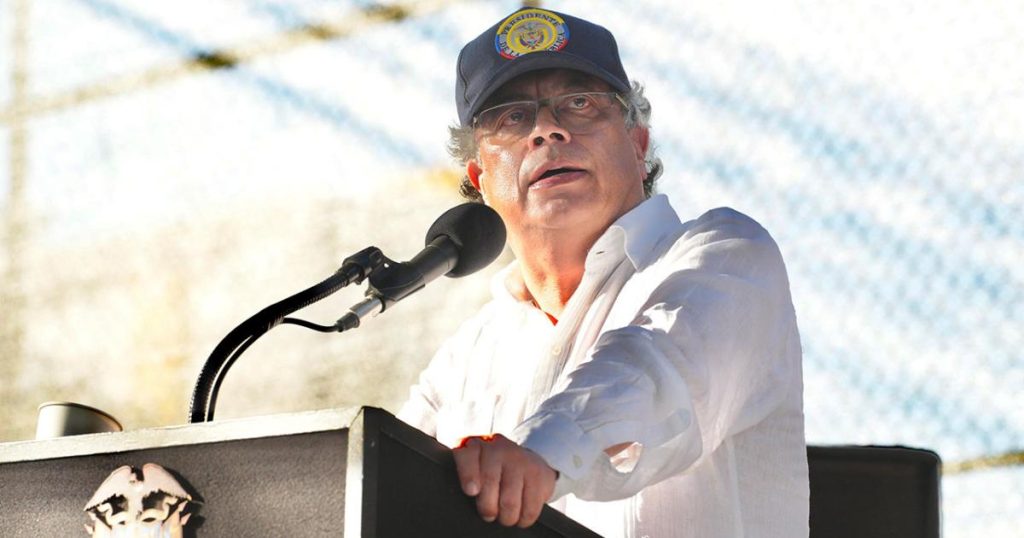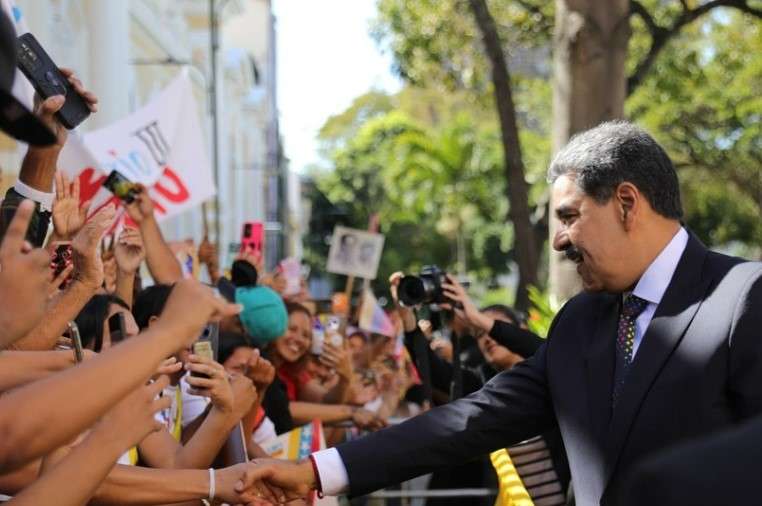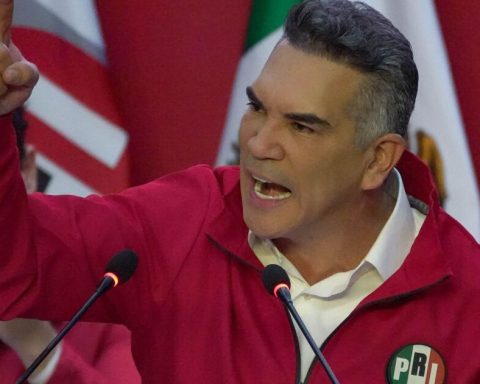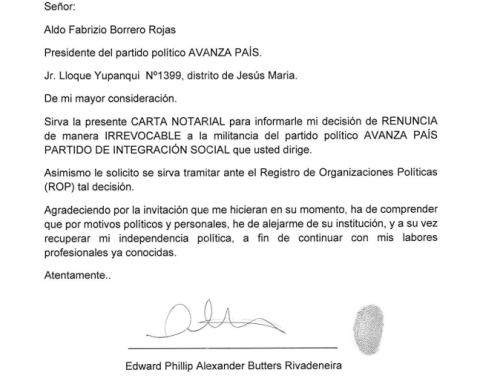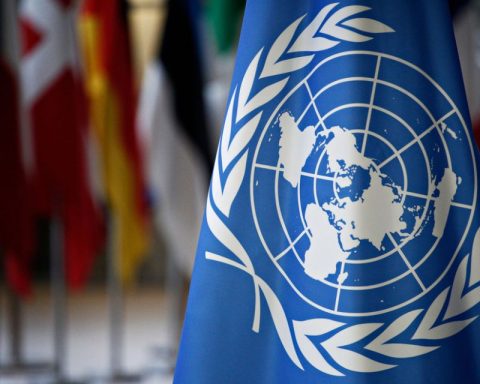Increase in the price of food, notably meat, climate impacts and the devaluation of the real against the dollar are the main factors that explain the official inflation of 2024 have been above the maximum target limit stipulated by the government.
The Brazilian Institute of Geography and Statistics (IBGE) announced this Friday (10) that the Broad National Consumer Price Index (IPCA) closed the year at 4.83%, exceeding the inflation target ceiling of 4. 5%.
To calculate the index, IBGE collects data on 377 products and services, called subitems, which are distributed into nine groups. The biggest upward pressure on prices in 2024 came from the food and beverage group, which rose 7.69%, representing an impact of 1.63 percentage points (pp) on the IPCA.
This increase is the biggest since 2022, when it was 11.64%. At the time, the explanation was the effect of climatic phenomena, such as La Nina (cooling of surface waters in central and eastern parts of the Equatorial Pacific and changes in tropical atmospheric circulation, impacting temperature and rainfall in various parts of the globe) and effects of the pandemic on production chains. In 2023, food and beverages rose 1.03%.
Meats
When analyzing the behavior of the products surveyed, IBGE identifies that the greatest upward pressure came from the meat item. In 2024, cuts became 20.84% more expensive, representing a weight of 0.52 pp. It is the biggest increase since 2019, when they rose (32.4%). In 2023, the price of meat fell 9.37%.
This final increase in 2024 contrasts with the behavior of prices at the beginning of the year, which fell. But the rebound from September to December (+23.88%) was enough for the year to close on a high.
“This drop in the first half of the year was more than offset by the increases”, defines IBGE analyst André Almeida. He explains that there is a direct effect of climate issues on the behavior of the price of the food that goes on Brazilians’ plates.
“We had a strong drought, heat waves, drought in several regions of the country, which intensified the effects of the off-season, when pastures became even more restricted,” he says.
“Due to the livestock cycle itself, we had a smaller volume of animals for slaughter, which reduces the supply of the product to the end consumer and ends up putting pressure on prices”, completes the explanation.
When specifically analyzing food products, IBGE identified that the main increases within the meat item were sirloin (20.06%), pork (20.06%), rump (21.13%) and rib (21.33 %). These sub-items are second only to ground coffee (39.60%) and soybean oil (29.21%). Even so, meat influences the IPCA more, as it has a greater weight in the Brazilian’s product basket, according to IBGE methodology.
“The influence of climate is closely linked to food production. If it rains a lot or is very dry, this compromises production”, points out the research manager, Fernando Gonçalves.
When also looking at non-food products, gasoline – which has the largest weight in the basket of products surveyed – rose 9.71%, representing the most pronounced impact in the entire IPCA (representing 0.48 pp).
Exchange
Almeida adds that another factor helps to explain the IPCA outside the 2024 target: the exchange rate. In 2024the real saw the dollar rise 27% in 12 months, ending the year trading at R$6.18.
“The exchange rate is one of the factors that influence the price behavior of various products, from food, to the issue of the price of some commodities food in dollars” he details, referring to goods traded at international prices.
The analyst adds that the devalued real means that producers prefer to allocate part of their production abroad, since they will receive revenue in a valued dollar. “This restricts domestic supply”, he says.
Almeida also remembers that the exchange rate influences the cost of products that have imported components. “There are several mechanisms through which the exchange rate can influence inflation”, he highlights.
Throughout 2024, the country had 11 months with positive inflation and one with deflation (fall in prices). It was in August (-0.02%), influenced by the decline in electricity bills and relief from food in the pocket. The highest monthly result was in February (0.83%), driven by education, due to the adjustment in monthly fees.
